The History of Formula Ford
Formula Ford is undisputedly the most important racing class in history worldwide when it comes to recruiting and creating star drivers for the top class of motorsport. Emerson Fittipaldi, Jody Scheckter, Michael Schumacher and Ayrton Senna are four Formula 1 world champions who have started in the class, and nationally, Formula Ford has also been the first step on the road to the top for John Nielsen, Kurt Thiim, Kris Nissen, Jan Magnussen, Jason Watt, Nicolas Kiesa and Ronnie Bremer.
The very first Formula Ford race saw the light of day at Brands Hatch on July 2, 1967 and the class was a consequence of British racing schools such as Jim Russell Racing Drivers School and Motor Racing Stables missing a racing car behaving like a Formula 3 racer , but cost only a fraction of these. A maximum price of 1,000 British pounds was initially set, and this led Lotus to build the first cars, while a lot of others followed.
First race at Roskilde Ring
Formula Ford fever quickly spread to the rest of Europe and the world for that matter. On 18 August 1968, the first Scandinavian race was run at Roskilde Ring, when Jac Nellemann and a string of British drivers performed as guests. Two years later, the class made its permanent entry into Denmark, well helped by Jac Nellemann, who together with Tom Belsø that year achieved a streak of top 6 results in the battle for the unofficial European Championship.
In 1971, for the first time, a Danish Championship title was run for - or a Danish trophy, as it was then. The man behind Team Den Blå Avis, Karsten Ree, won the first race at Jyllands-Ringen in his Palliser, but when the year was over, Jørgen Herlevsen won the title in his Hawke DL2.
Soon a number of the names appeared, which have since left their mark on Danish motorsport. Thorkild Thyrring entered the class in 1971, but even though it turned into several victories, he never managed to win a Danish championship. Jac Nellemann, on the other hand, could do that in 1973, but then the young, forward-thinking talents took over.
Rising interest
In 1974, Van Diemen presented his legendary RF74 model, and behind the wheel of it debuted Henrik Spellerberg and John Nielsen. The duo ruled the class with a tough hand, but only one could become champion, and Henrik Spellerberg took that honor. John Nielsen, who was still a teenager at the time, however, took one more season, and with a Danish Championship title in 1975 he could jump to Formula 3 and thus start his international career.
In 1976, there were about 50 drivers to start, when Jyllands-Ringen for the first time formed the framework for a European Championship race in the class. Several drivers from that race advanced since to Formula 1, but also in the domestic championship the interest abounded. Often you had to go through qualifying heat for everyone to come, but also at the top there was a fierce battle for the titles.
The 76-championship was thus decided after a collision between Søren Aggerholm and Finn Milling, while the 78-match was not a duel, but instead a three-way match between Jesper Villumsen, Klaus Pedersen and the then young shooting star, Kurt Thiim. Klaus Pedersen took the title, which was to be his first of a total of three in the series, but also Jesper Villumsen proved in these years as a very safe card.
In the late seventies, the Formula Ford 2000 came as a bit of a relief class for the crowded Formula Ford class, where, however, the battle continued unabated. In 1981, no less than six drivers had the opportunity to win the championship before the last division, where the title went to Kim Dupont after a hard fight with i.a. Henrik Larsen.
Danish drivers at the forefront
The transition to the eighties resulted in the first technical revolution of the Formula Ford races. Where until then the wheel suspensions had typically consisted of triangles at the top and bottom with an inclined shock absorber and spring unit in between, the British chassis designers began to think about aerodynamics. Rocker arms and so-called push or pull rods ensured that the shock absorbers got away from the air flow, and the speed on the long side reached new heights.
The Danish drivers did the same, where a new generation was added in the eighties. This was the case for Henrik Jacobsen and Svend Hansen, who for a number of years were sharp rivals not only in this country, but also in Europe, where Svend Hansen won the European Championship in 1987. However, he did not win the Nordic Championship, as it was instead won by a Finn named Mika Häkkinen!
The second technical revolution of the class came in 1984, when American Swift produced a model in which the gearbox and clutch housing were fused together into an integral part, which also carried the entire rear suspension. All European manufacturers copied this form of construction, and it gave further impetus to the development of the class, where Denmark in the first half of the nineties again made itself noticed internationally.
In 1991, Jan Magnussen scored three points for a modest eighth place in his debut race in the class at Jyllands-Ringen, but the following year he drove an entire season in England, was the fastest man of the autumn season and won the Formula Ford Festival - the unofficial World Cup for the class. The rest is - as they say - history. The following year, it was Jason Watt who stuck a toe in the Formula Ford water in an older race car on the Danish tracks, but when he traveled to England, he won both the Winter Series, the British Championship and the Festival.
From Kent to Zetec
In 1993, the technical basis of the Formula Ford class changed. Until then, the classic 1600 cm3 Kent engine had been used, but when production had ceased, an alternative power source had to be found. It became the larger 1800 cm3 Zetec engine, which after two years of use in primarily the UK, had its Nordic premiere at Jyllands-Ringen in 1995.
The number of Danish drivers with FF1800 cars was initially limited, so in 1995 the Danish Championship was a combined championship for both classes, but the following year there were so many that DM titles were raced in both Formula Ford 1600 and Formula Ford 1800. The number of FF1600 cars decreased, however, and from 2001 only the Danish Championship for Formula Ford 1800 was announced.
Here, Danish and foreign drivers continue the trend of using the class as a springboard for an international career. Jesper Carlsen and Allan Simonsen thus won the titles in 1998 and 1999 and continued their racing careers in first England and then for Allan Simonsen in Australia. In recent years, more and more foreign drivers have participated in the battle for the Danish Championship, and in 2004 Norwegian Mats Franer could be hailed as the first foreign champion.
From Zetec to Duratec
As in 1993, the technical basis was changed in 2007. They went back to 1600 cm3 with the somewhat lighter Duratec aluminum engine. As in 1993, they waited a bit to introduce the new engine in Denmark, but already for the 2008 season, the new class made its Nordic debut.
As has always been the trend, young drivers use Formula Ford as a springboard and the 2008 season was no different at this point. Son of the former Formula 1 driver Jan Magnussen, Kevin Magnussen, like his father more than 15 years earlier, made his track debut at Jyllandsringen in May and just over 5 months later he was the first Danish champion with the new Duratec engine.
Text and pictures i.a. Alstrup PR & Marketing.




